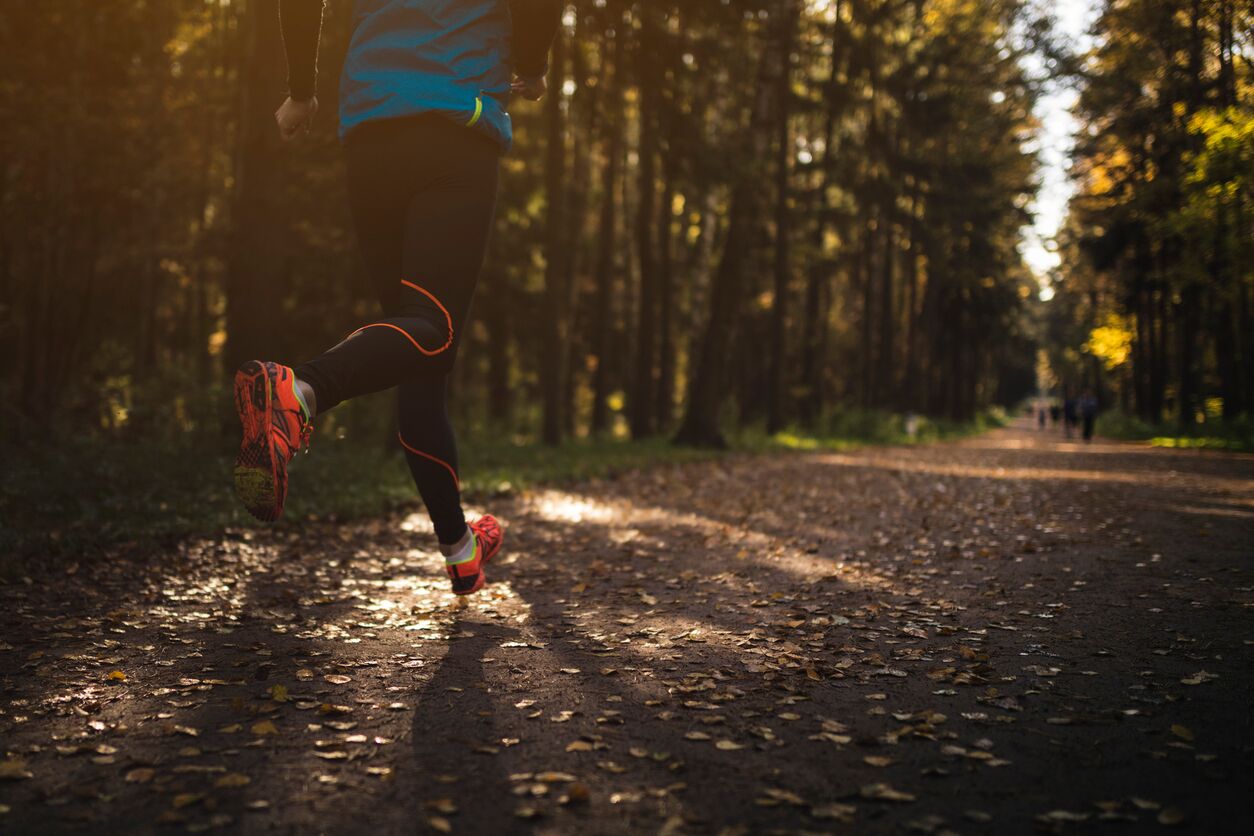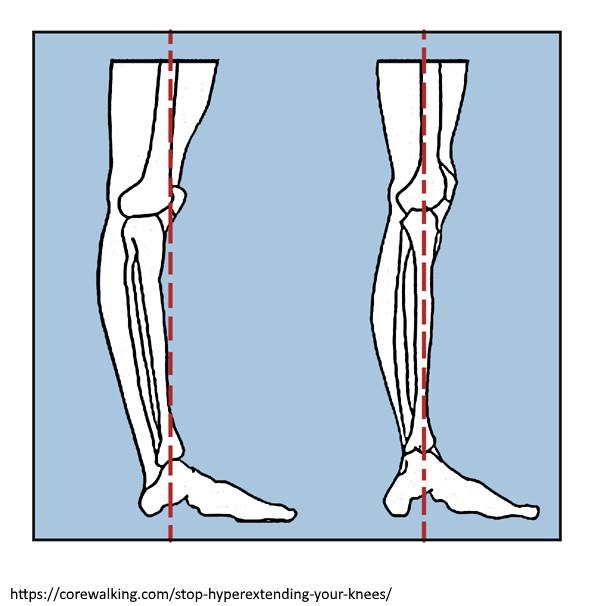What is hyperextension?
Hyperextending the joints pushes the joints beyond their limit and it can occur in any joint whether it is the shoulder, wrist, elbow, knee, or fingers, although the elbows and knees are perhaps the most common. You can hyperextend on a regular basis without causing yourself much discomfort, but over time hyperextending can wear down bone cartilage, cause tears and damage ligaments or tendons. This can cause pain in immediate response to hyperextension or it can cause more serious long term damage.
Hyperextending puts pressure on the joints which means that you are not only more likely to damage them, but your muscles aren’t helping out with the workload. This means that your muscles won’t be building strength or flexibility!
What causes hypermobility?
There are a few factors that can cause or contribute to hypermobility of the joints including:
• Bone shape and structure
• Genetics
• Lack of muscle strength
• Poor sense of proprioception (the ability to know how far you are stretching)
• It can rarely be caused by an underlying health condition such as Down’s Syndrome
Who is affected by hyperextension?
Hyperextension can occur in anybody, although it is most often found in people who partake in exercise. Genetics can also contribute to hyperextension; those who are born with looser joints will be naturally more flexible and prone to hyperextension than those who aren’t born with loose joints.
Even if you don’t exercise often – or at all! – it’s still possible to hyperextend. You can hyperextend your knee joints simply by standing! Hyperextension doesn’t just affect the joint – it affects the surrounding areas too! Hypermobility of the knee can increase flexion at the hip joint and decrease dorsiflexion of the ankle joint, which can then negatively impact our posture and the way that we walk and stand. Hypermobility can be caused by tight muscles and, as a result, the joints attempt to take on the workload instead.
Hyperextension in runners
Poor running technique can cause runners injury from hyperextension. Running in a way that causes the foot to land way out in front of the body when we run, can cause hyperextension in the knees. Try to run in a way where the foot lands beneath the hip, as this means that the knee joint will not entirely absorb the impact of hitting the ground. Increasing your running cadence and maintaining a soft bend in the knees will help to protect the knee joints. Find out more handy tips on how to improve running technique here.

Hyperextension while stretching
Yes, there is such a thing as being too flexible! Sure, I imagine it looks really cool if you can get your legs behind your head and levitate off of the ground – but forcing your body beyond its natural limits can cause serious damage!
Hyperextending is a common problem when we stretch, particularly because we are trying to develop flexibility in the muscles. If we stretch beyond our muscles ability then our joints take the hit, stretching can worsen hyperextension if we repeatedly over-stretch in intense poses. Keeping a micro-bend in the elbows and knees will mean that your muscles will be working on the stretch – not your joints!
How do I know if I am hyperextending?
 It can be tricky to know if you hyperextend, particularly if it doesn’t necessarily cause you any pain. The elbow and knee joints should not move beyond a 180 degree angle, if they do then you are hyperextending.
It can be tricky to know if you hyperextend, particularly if it doesn’t necessarily cause you any pain. The elbow and knee joints should not move beyond a 180 degree angle, if they do then you are hyperextending.
Joints such as the wrist and shoulder are a little bit trickier to identify because they have a wider range of natural motion, so I would definitely recommend going to a qualified practitioner about hyperextension in these joints.
To find out whether you hyperextend your knees or not stand in front of a mirror side on. Imagine there is a line from your hip joint to your ankle joint, hyperextension occurs when the centre of your knee is beyond that line.
How to avoid hyperextension
• Keep a small, micro-bend in the knees and elbows to prevent you from locking back the joints and encourage your muscles to work instead
• Build muscle strength in the surrounding areas to prevent the joints from over-compensating and taking the workload
• Work on technique. Make sure you have good technique and proper alignment when taking part in sports like yoga, running, or tennis.
How to recover from a hyperextended injury
Heat
Applying a hot compress or going for a hot bath can help to soothe sore joints caused from hyperextension.
Rest
When you first notice the injury take at least 72 hours out from exercising as this will prevent further damage and give your body time to repair itself. If you do decide to take part in exercise or strenuous activity while recovering from a hyperextended injury, make sure to take it easy!
Massage
Massaging tight muscles around the hypermobile joint will help to release tightness held in the muscles and which will then allow them to begin building strength.

Herbal remedies
Injury from hyperextension can be extremely painful, and while they normally heal on their own this process can take up to 4 weeks! In the meantime it is useful to have a pain management solution in place. Using pain relief creams and gels on the affected joint will work faster than painkiller tablets as they will be absorbed directly through the skin and do not need to be digested.
Herbal remedies are usually more beneficial in the long run in comparison to traditional medication because they don’t have the same harsh side effects that medication can have. I’d recommend our own Atrogel which is made from arnica flowers and can be used alongside other painkillers if needed.
Diet
Eating a healthy balanced diet full of vitamins and minerals that are good for bone and muscle health can help you recover by looking after you from the inside out. Eating calcium–rich foods will help maintain good bone health, whereas magnesium is necessary for bone growth and muscle contraction, and potassium helps to regulate the levels of calcium and phosphorus for good muscle function.
A final thought to consider
Although injury from hyperextension normally clears up on its own, it is important to consult with your doctor if you feel that your injury could be something more. They will be able to identify if you have torn a ligament or tendon or if the injury is caused by a health condition.








